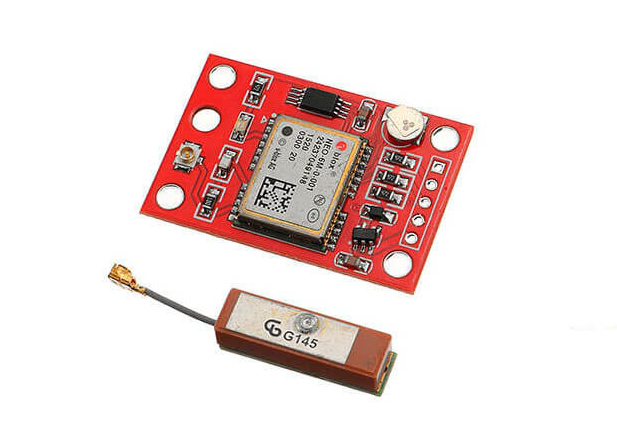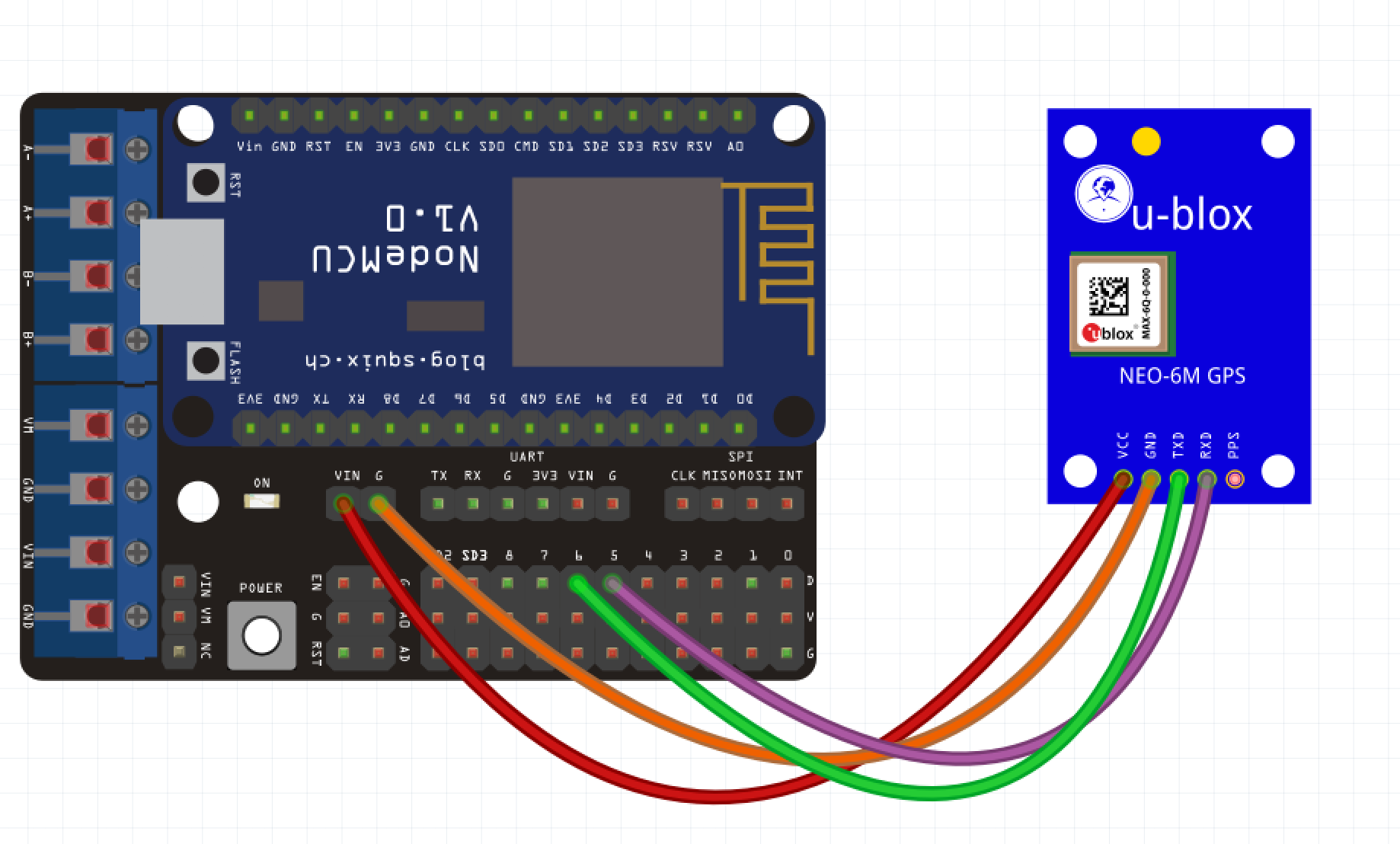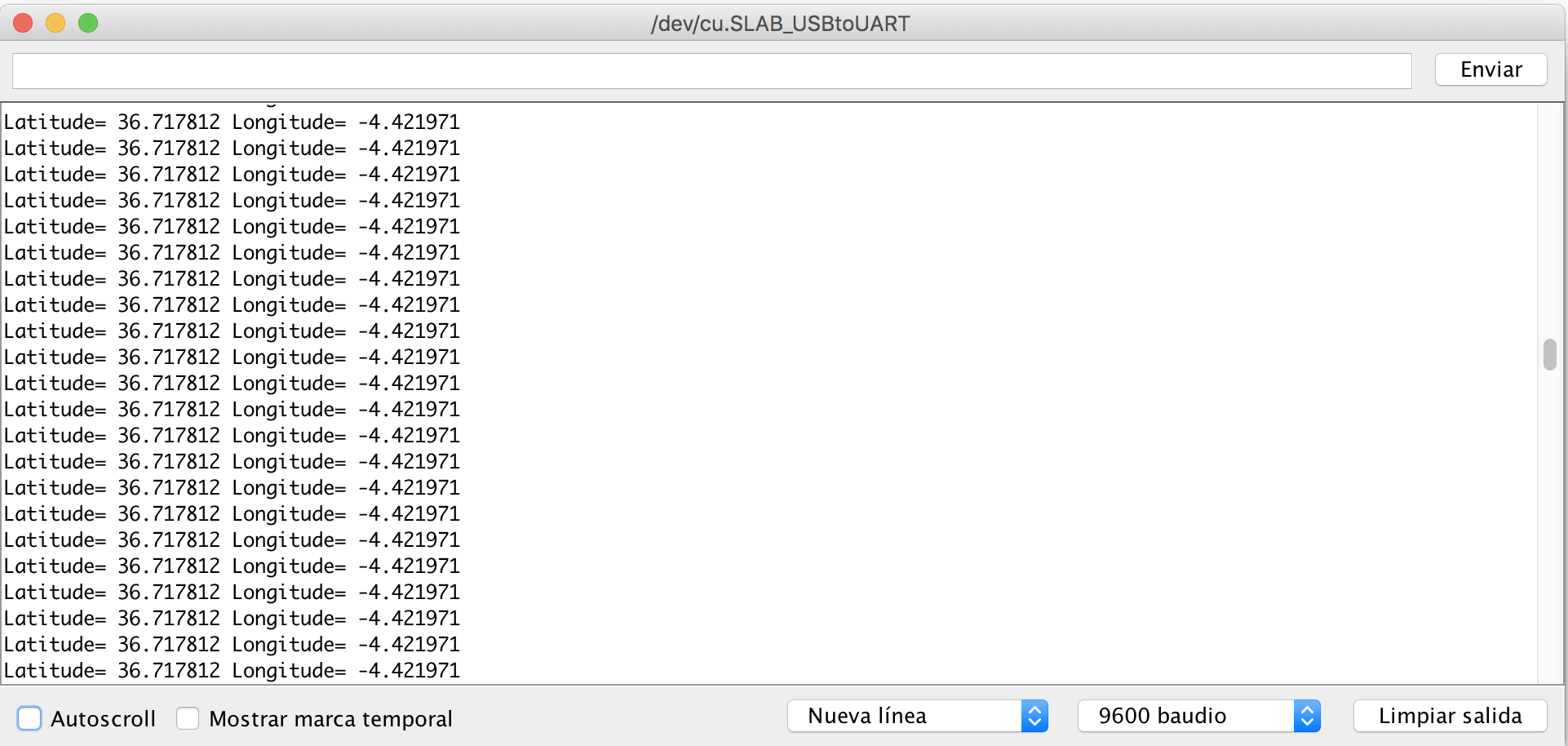-
Notifications
You must be signed in to change notification settings - Fork 0
GPS Neo 6M
javierre edited this page May 13, 2019
·
3 revisions

Es importante observar que los pines Tx y Rx se conectan cruzados en nuestra placa NodeMCU, es decir, el pin que termine en Tx del GPS será para nuestro NodeMCU el Rx y viceversa.

/*
* Rui Santos
* Complete Project Details http://randomnerdtutorials.com
*/
#include <TinyGPS++.h>
#include <SoftwareSerial.h>
static const int RXPin = D6, TXPin = D5;
static const uint32_t GPSBaud = 9600;
// The TinyGPS++ object
TinyGPSPlus gps;
// The serial connection to the GPS device
SoftwareSerial ss(RXPin, TXPin);
void setup(){
Serial.begin(9600);
ss.begin(GPSBaud);
}
void loop(){
// This sketch displays information every time a new sentence is correctly encoded.
//Serial.println("hh");
while (ss.available() > 0){
gps.encode(ss.read());
if (gps.location.isUpdated()){
Serial.print("Latitude= ");
Serial.print(gps.location.lat(), 6);
Serial.print(" Longitude= ");
Serial.println(gps.location.lng(), 6);
}
}
}

-
- Acelerómetro-GY-61
- Brújula GY-273
- Buzzer o zumbador
- ESP8266 Deauther
- GPS NEO-6M
- Heltec LoRa
- IMU (Accel, Gyro, Magn)
- Joystick analógico
- Láser lidar 2D
- LDR Keyes K-018
- Leds RGB WS2811
- Led Superlumínico Keyestudio
- Motor DC
- Motor Lego NXT
- NodeMCU
- OLED
- Botón-pulsador
- RFID522
- Sensor barométrico BMP180
- Sensor de distancia HCSR04
- Sensor de distancia SHARP
- Sensor de temperatura DHT11
- Sensor infrarrojo de obstáculos (YL63)
- Servo de rotación continua FS90R
- Servo SG90
- Tacómetro
- TTGO Camera
- Wemos D1 Mini